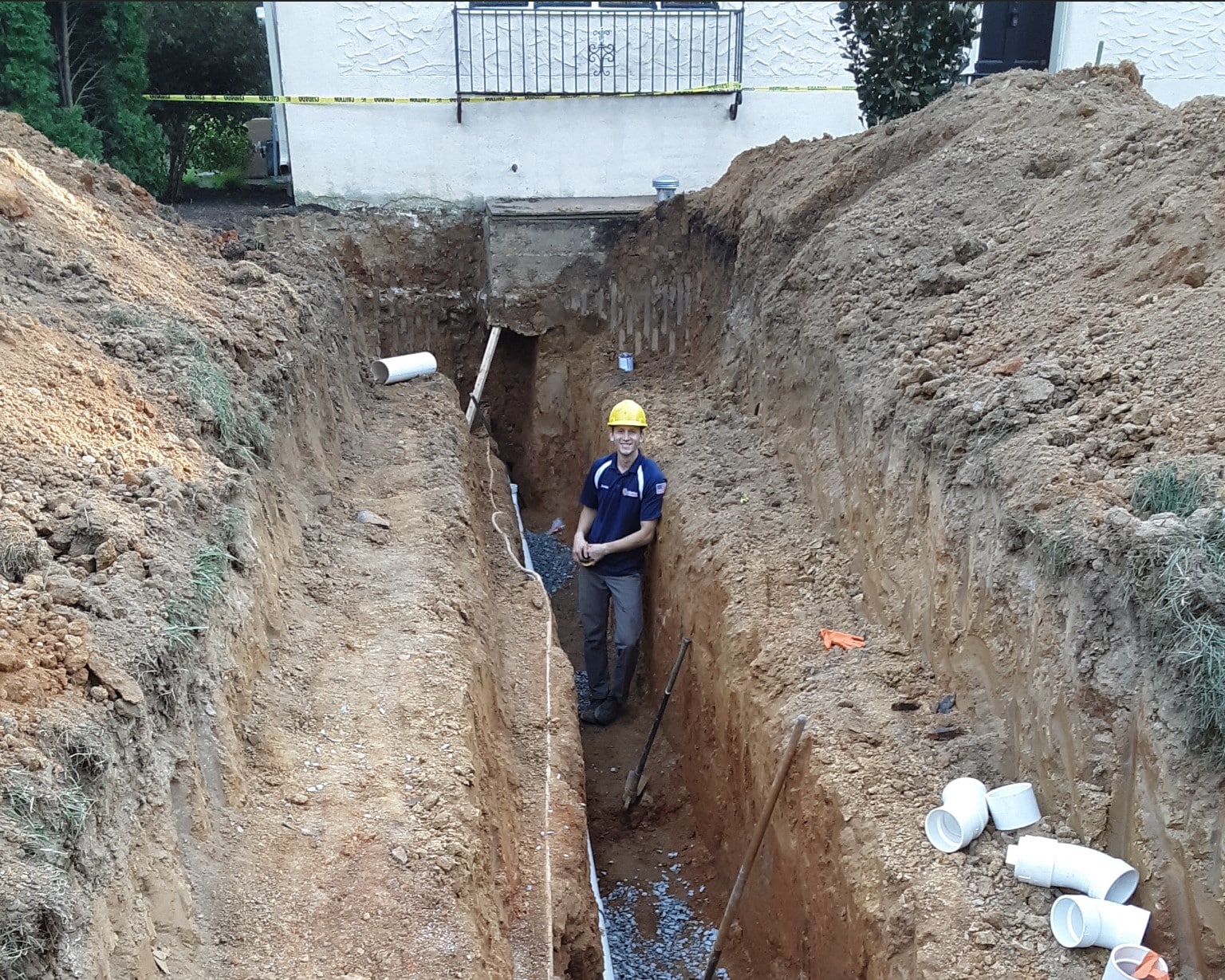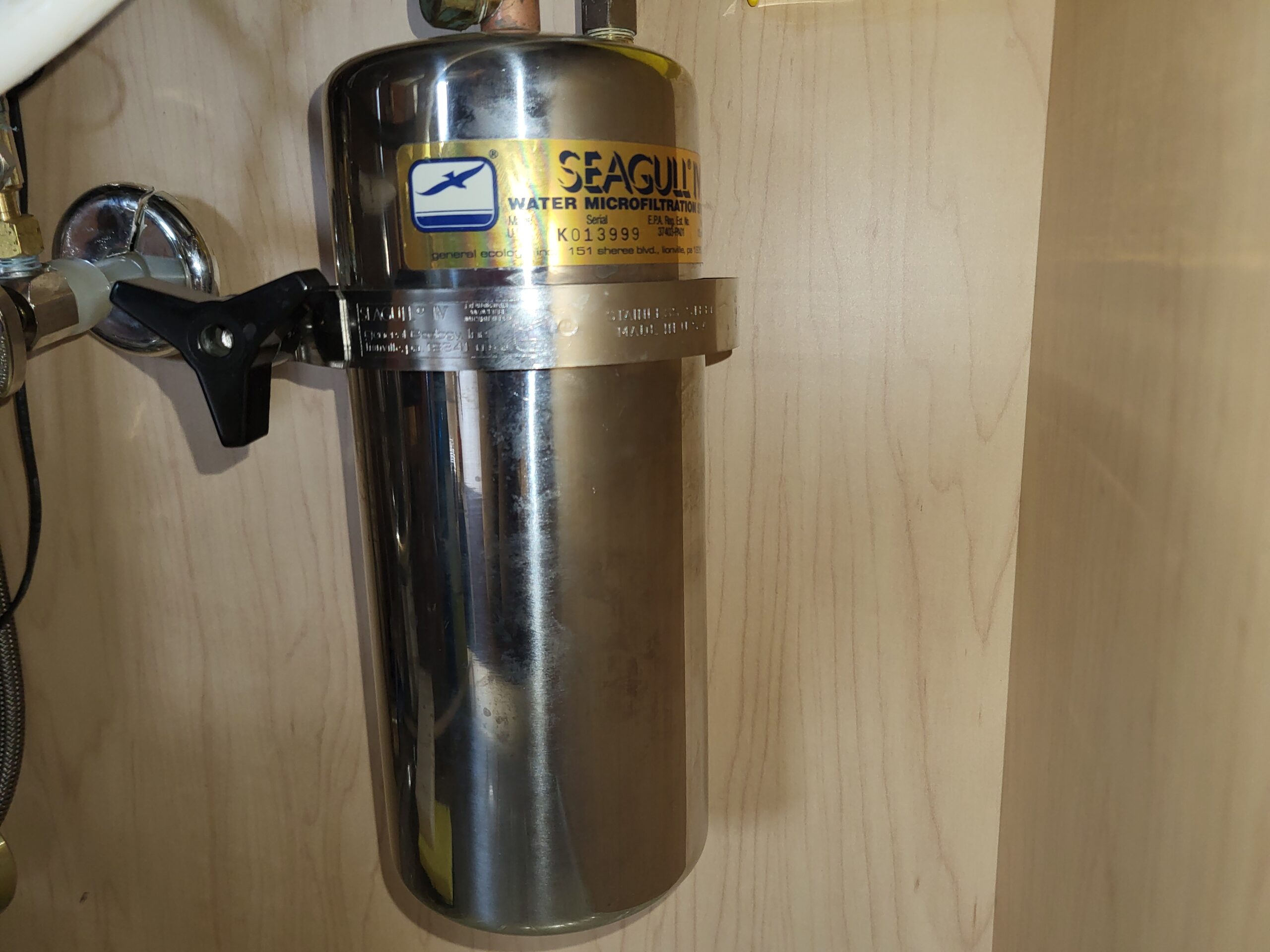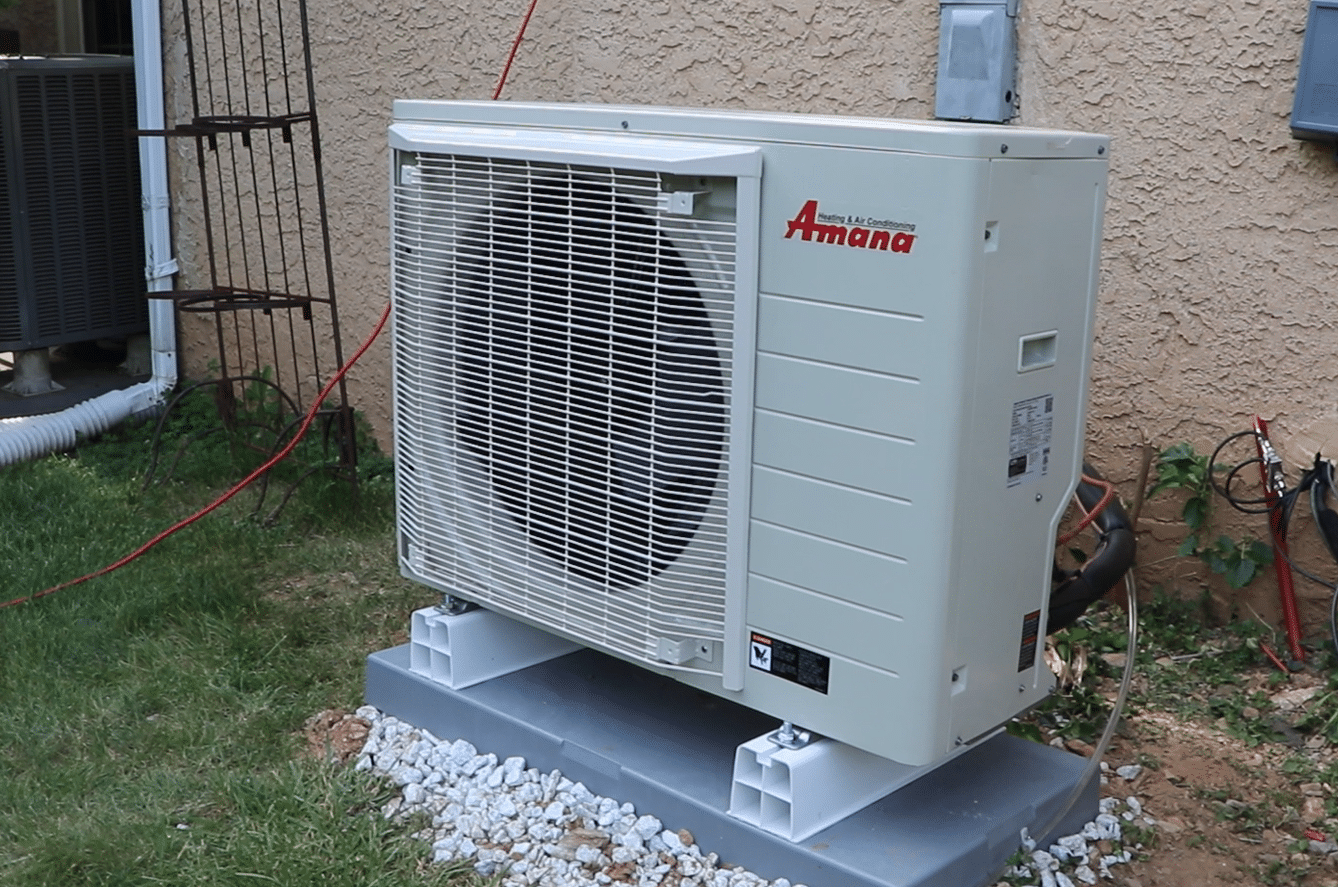|
Getting your Trinity Audio player ready...
|
Replacing your main sewer line isn’t usually something people look forward to, but it can be a positive step in ensuring your home’s plumbing system stays in top shape for years to come.
If put off for too long, an aging or damaged main sewer line can lead to sewage backing up, flooding, and major property damage, so tackling the job is a savvy homeownership decision.
For many people this is a once-in-a-lifetime job, so you probably have several questions about it. And figuring out how much a main sewer line replacement costs is likely at the top of that list.
The sewer and plumbing experts at Mattioni handle countless main sewer line jobs each year, and we’ve estimated the costs can range anywhere from $5,000 to $20,000. However, we know that this is a very wide range that can be difficult to put into context.
That’s why we put together this article, to help guide you through the 5 key factors that affect the cost of sewer line replacement.
After reading this article, you’ll have a strong understanding of the elements that affect the total cost of a sewer line replacement. You’ll be prepared and informed with the right knowledge when it’s time to take on the project.
With the right approach, a sewer line replacement is an opportunity to improve your home’s infrastructure for the long term.
Let’s start with one of the most influential variables: the depth of your sewer line.
-
Depth of the Sewer Line
The depth at which your sewer line is buried is a big factor that’ll sway the overall cost of replacement up or down.
Sewer lines buried deeper than 5 feet require additional safety measures like shoring, which prevents the trench from collapsing. Larger machinery, or more specialized equipment, is also sometimes used for deeper lines.
Additionally, digging deeper means not only more labor hours, but also more dirt to manage (which can be complicated in city blocks).
For all these reasons, a deeper excavation will add to the total expense of replacing a main sewer line.
To measure how deep your sewer line is, remove the cap from one of your standpipes and run a tape measure into the pipe until it reaches the bottom. Taking this step will give you a good idea of how deep of an excavation to expect.
Another cost factor that’s closely related to the depth of the sewer line is the length that needs to be replaced.
-
Length of the Sewer Line
The length of the sewer line needing replacement is a straightforward cost driver. The longer the pipe, the more materials, time and excavation will be needed.
A short sewer line that’s easily accessible will cost less than a long, complicated run.
-
Exposure of the Sewer Line: Easy Access vs. Challenging Access & Property Restoration
Potentially the most significant determining factor when totaling the cost of a main sewer line replacement is the exposure and accessibility of the line.
Here is how where the sewer line is located plays a role in determining the final cost:
Easy Access: If your sewer line runs under a grass lawn with few obstructions, the cost is generally lower. In addition to fewer potential holdups while digging, there will be nothing to restore other than the lawn, containing the price to the job itself.
Public Sewer Lines within your Yard: Some some city sewer lines run into your private yard, rather than under the streets, which minimizes the amount of excavation and materials required. This is then reflected in the final costs.
Challenging Access & Restorations: If the sewer line runs underneath trees, a patio, a sidewalk, or city blocks, then you should expect some additional costs relative to the amount of work needed to gain access.
These obstacles need to be temporarily removed, and then restored once the work is complete. Both of these steps may be necessary and should be factored into your budget if needed.
Sewer Lines Underneath the Street: Most municipalities stipulate that your entire sewer line is your responsibility up until the point of connecting to the public sewer line. Unfortunately, this often includes a section that runs underneath the street.
While this doesn’t apply to every sewer line replacement, if this is the case for you then costs will be a bit more than other projects of a similar nature. Reasons for this price jump include:
Street closure permits
Deeper average depth of sewer line
Safety precautions like shoring
Traffic control
Repaving the street
Consulting with a sewer expert can determine the precise location of your home’s public sewer connection.
-
Geographical Region & Climate
Where you live and, more importantly, your climate, also affects the cost of a main sewer line replacement. This is because different regions have different average sewer line depths.
- Southern Regions of the US: In the South, sewer lines are typically buried only 2 to 4 feet deep since there’s no risk of pipes freezing. This, in turn, makes the job faster and cheaper.
- Northern Regions of the US: In colder areas with harsher winters, sewer lines are typically buried deeper than 4 feet to prevent pipes from freezing. Deeper lines mean higher excavation and restoration costs.
-
Municipality Regulations of Materials
Among the less significant cost variables is the piping materials that you’ll be required to use.
Your local government may mandate that you use either PVC or cast iron for sewer line piping, which can potentially affect the overall cost of the job.
- PVC: The most widely accepted and commonly used main sewer line material, it’s cost-effective and durable, making it a great value for its price.
- Cast Iron: In some municipalities, particularly in older cities, cast iron may be required, which is more expensive than PVC.
How To Budget for Your Main Sewer Line Replacement Costs
As you now know, main sewer line replacement costs can vary widely depending on factors such as the depth and length of the line, how accessible the line is, how much of your yard needs to be restored, and your climate.
Understanding these variables can help you budget appropriately and ensure that you’re prepared for the total price of the job.
Whether you’re dealing with a simple front yard line replacement or a complex street excavation, it’s important to get multiple estimates and consider all factors in play to make the best decision for you and your property.
A main sewer line replacement requires some major excavation equipment, like a backhoe and dump truck, so it can be a hefty investment.
For that reason, we recommend exploring all payment options. At Mattioni, we offer a 12-month interest-free payment plan on all sewer line replacements, and there are several other financing options available if needed.
You also may want to explore how homeowner’s insurance policies can potentially cover some or all of the expenses associated with a main sewer line replacement.
Replacing your main sewer line may not be at the top of your wish list but putting it off may lead to more expensive issues like property damage and health hazards.
For answers to any question about replacing your main sewer line, reach out to the friendly Mattioni team at (610) 400-8510, or schedule a free consultation online today. Reach out today to prevent further complications.




